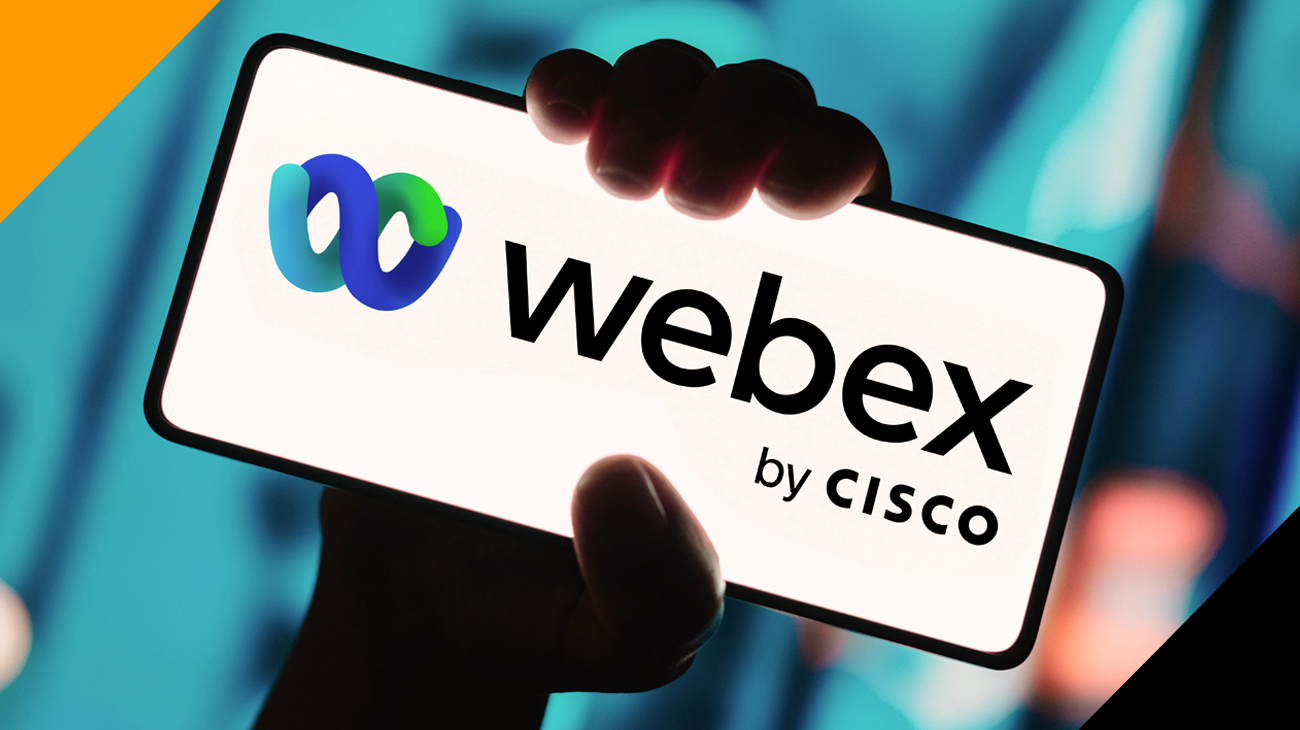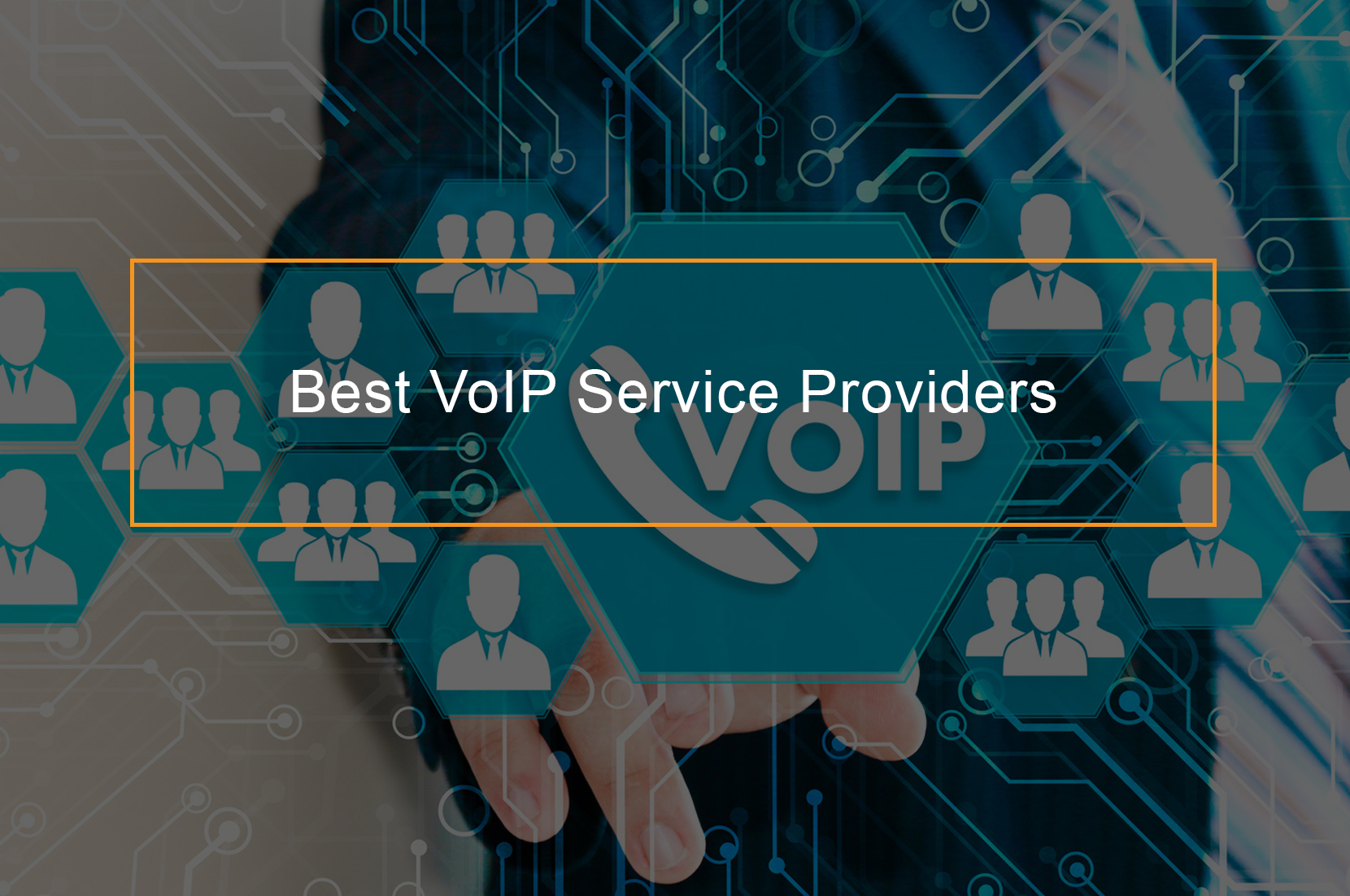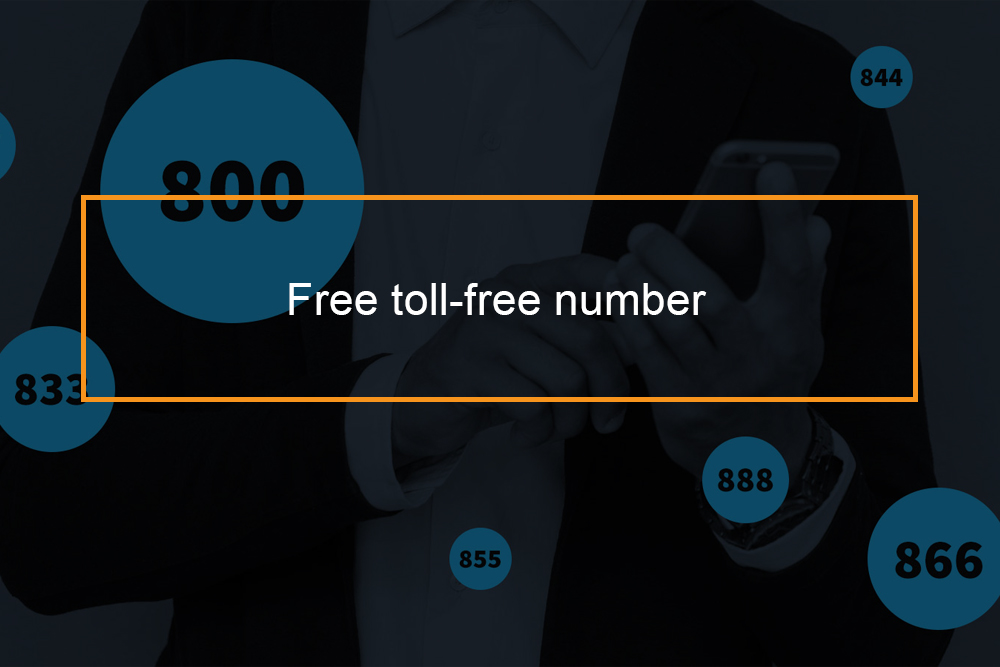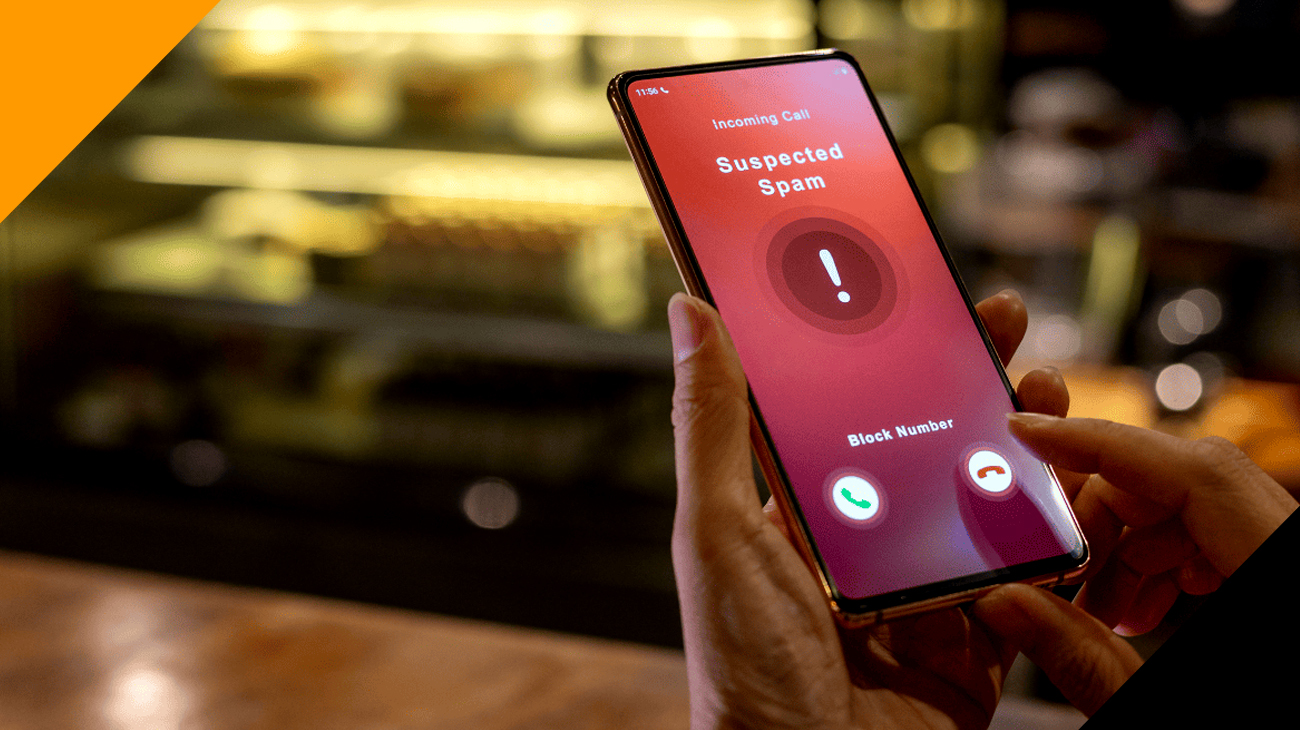What is Cloud Telephony system and how it works?
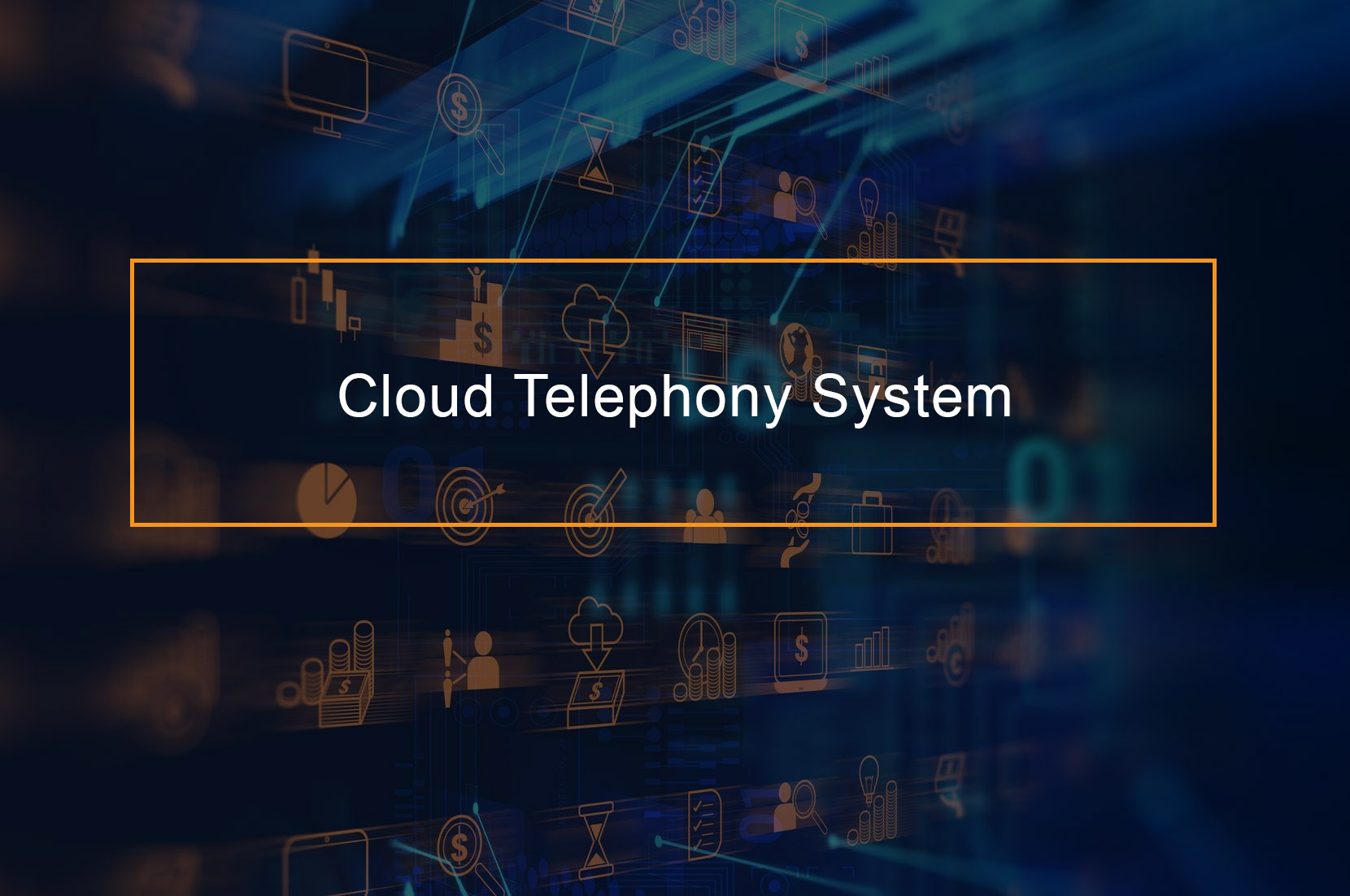 The way cloud telephony functions is not different from the traditional way, the main distinguishing factor between the two systems is that the former is located on the premises of the business itself and the latter is installed over service provider’s premises which is accessible via the cloud network.
The way cloud telephony functions is not different from the traditional way, the main distinguishing factor between the two systems is that the former is located on the premises of the business itself and the latter is installed over service provider’s premises which is accessible via the cloud network.
When a customer dials the call- it is first redirected to Hosted Public Branch Exchange on the cloud. This transfer of data is made via primary rate interface (PRI) line which is linked to the telephone server with a PRI card (PRI line is a wireless standard applied on an ISDN to carry video, voice, data, and other network services between the user and the network.
This hosted PBX, which is offered by the service provider, stores the necessary phone numbers and information to decide routing structure for all calls. All your office phone extension is linked to the hosted PBX, so every phone call landing on PBX decides it is a best suitable agent after browsing via these the set priorities in the system.
PBX can even block certain calls- in case the service provider or customer explicitly sets it in the rules. After the server selects the most-suitable agent for the request, it instantly links the agent and the customer over the phone line. Call transfer between the agents is relatively a faster procedure as all the agents are linked to the same umbrella of hosted PBX.
How do cloud phones work?
How does a cloud based telephony work?
Cloud telephony is one of the foremost customer experience equipment used currently. Small offices, contact centers, multiple branches, call center, and contact centers all use cloud telephony.
To understand how cloud telephony works you need to know its components and flow of calls;
-
Published phone number(Incoming)
This can be a tollfree number or mobile number- the number where the customers call. Basically, both these numbers are virtual numbers. This number is deployed to just forward the incoming calls to one of the PRI lines in the data center, typically the cloud. The third option can be PRI number from the cloud setup. But, this is rarely used.
-
Cloud telephony servers with lots of PRI lines(Process)
These cloud-based servers have the capability to record a call report, IVR, API, and other functionalities. It is basically hosted in some reliable data-centers. These data centers have good redundant connectivity and infrastructure.
The calls to the published number are usually forwarded to these PRI lines. And the call distribution is done either based on some rules predefined or the basis of caller input for the IVR.
There may be more methods of call distribution which is founded on real-time CRM such as;
- You have two separate teams for regular clients and platinum customers
- When you get a call, telephony server checks with your CRM if the caller is a regular customer or platinum client.
- Calls are routed to the respective team appropriately
-
Extensions or landing numbers or agent numbers-landing the calls
These are the numbers where the call basically lands. These are also known as agent numbers. These numbers can be mobile numbers of the team members of your office landline numbers. Some cloud telephony such as Enjay also offers Hunting number facility. In case one agent is not available, the system will dial another number.
-
The flow of incoming calls
Your client calls on the published number. The call is then forwarded to the PRI lines on Cloud Telephony Server. At this point the servers will play the IVR lin case it is configured that way. Then the server calla agent or extensions, according to call distribution logic; for example,
- In accordance with selection in the IVR by the caller
- In accordance with pre-set distribution logic done on the cloud server. The system will connect the caller and the agent.
Whereas doing all these;
- The call gets recorded
- Telephony API communicates with the customer relationship management if necessary
- Once the call is ended, you get SMS notification.
-
The flow of outgoing calls
Outgoing is hardly used in cloud telephony. One of the chief reasons is that it needs two calls. This makes it costly for outgoing calls and is a slower process.
Besides, outgoing calls are basically done from software such as CRM or a dialer. Basically;
- Agent presses the dial icon on the customer relationship management solution
- CRM software sends API signal to cloud telephony servers
- The server calls agent first
- When the agent picks up the call, the server dials the customer
- Both are linked
What is cloud telephony?
What does cloud telephony mean?
Cloud telephony, also known as cloud calling, is a kind of unified communications as a service, uCaaS, that provides voice communication services through a third-party host. UCaaS replaces the requirement for a conventional enterprise telephone system, like PBX. Cloud telephony services can be web or applications based.
Cloud telephony software are hosted on cloud servers maintained and updated by the provider with access granted on a subscription or as required. Thus, customers do not need to pay for upkeep or unrequired resources that might be linked. Common features of cloud telephony include;
- Resource pooling
- Broad network access
- Integration with existing call center and customer relationship management
- On-demand self-service
Included PBX technology functionality of call recording, forwarding and conferencing
Some popular examples of cloud telephony solutions include google voice, Vonage, and google hangouts. As a result of its cloud-based nature, this kind of call can be implemented faster from various accounts. Cloud telephony technology also sets the stage for extra features for businesses like voice and keyword analysis, customer support artificial intelligence, and interactive voice response.
Most large businesses that offer cloud calling operate out of a large cloud call center and several small centers where major cloud telephony companies run their services. Major cloud telephony providers include Vonage, Google, Nextive, RingCentral, and Ringanywhere.
Businesses and companies often replace their conventional phone services with cloud telephony to make it easier for employees to link quickly from anywhere.
What is cloud based VoIP?
What is cloud based VoIP phone service?
Cloud-based or hosted VoIP is another word for Hosted PBX. Hosted means that the hardware and PBX are hosted at an off-site location from where the VoIP telephone service is being utilized. An office can have a VoIP telephone service that supports their phones in the office. However, their PBX could be hosted at their VoIP providers data center. Therefore, the term hosted VoIP.
While VoIP stands for voice over internet protocol, meaning that your phone calls are placed using your internet connection. You are possibly familiar with such technologies that enable you to use audio and video communication on your favorite devices. Intulse phone software harness the power of high-speed internet and the modern technological advancements to deliver reliable, secure, communication tools that increase the potential of today’s technology. Furthermore, it is delivered with smart budget-friendly pricing.

